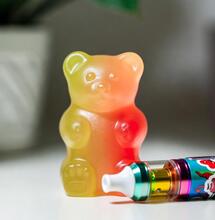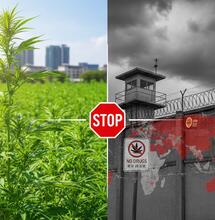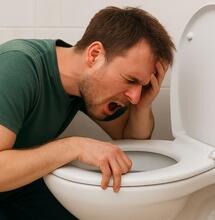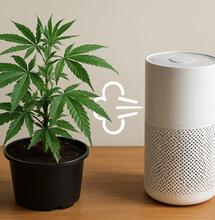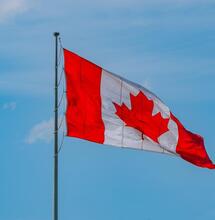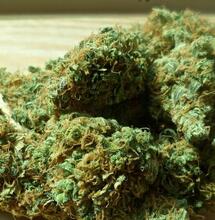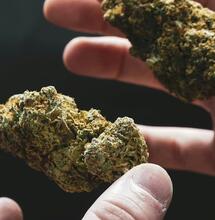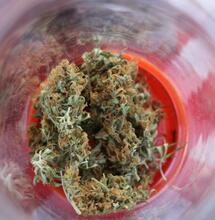Cannabis Use Declines Sharply Among US Adolescents
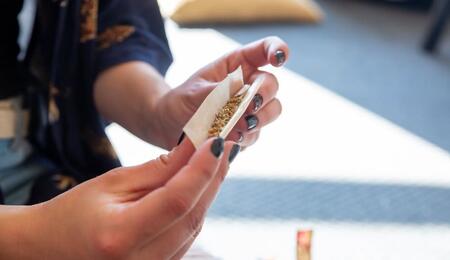
One of the main arguments of cannabis opponents is the protection of minors. Claims that legalization of cannabis would lead to an extreme increase in consumption among young people are often heard. However, a new U.S. study shows that this is not quite the case. In fact, cannabis use among the American youth has declined significantly in the period between 2011 and 2021.
The use of marijuana among adolescents decreased from 23.1% in 2011 to 15.8% in 2021. First-time use before the age of 13 also dropped from 8.1% to 4.9% in the same period. “In US adolescents in 2021, there were decreases in self-reports of marijuana use compared to 2011. Behavioral interventions within school and family environments may be critical in mitigating the risk of marijuana use,” concludes a recent study published in the journal Pediatric Reports.
The data was collected from the Youth Risk Behavior Survey and was studied by researchers from Florida Atlantic University’s Schmidt College of Medicine. It includes responses from 88,183 adolescents in grades nine through 12.
Cannabis Use Among Adolescents Decreased While Legalization Expanded
Recreational cannabis use is currently legal in 24 states and decriminalized in seven others, with Colorado being the first state to legalize in 2012 and roll out state-supervised sales in 2014. Accordingly, various investigations and studies on everything related to cannabis have been launched. Contrary to the opinion of cannabis opponents, the number of young cannabis users has not increased with the ongoing state-level legalization.
In a US-wide survey conducted in 2011, 39.9% of young people stated that they had tried cannabis at least once in their lives. By 2021, the figure had fallen to 27.8%. During this time, legal cannabis became widely accessible, and can nowadays be found in nearly half of the nation. While 23.1% of young people reported having used cannabis in the past month in 2011, this figure had fallen to just 15.8% a decade later.
“For current use, there were similar significant decreases by race/ethnicity, with Asian, Hispanic, and White adolescents experiencing the steepest declines,“ the report notes. “In 2021, the percentage of Black adolescents self-reporting marijuana use was significantly higher (20.5%) compared to White (14.8%), Hispanic (16.7%), and Asian (5.1%) adolescents.“
When it comes to who is more likely to smoke weed between boys and girls, the situation has also changed since 2011, when 25.9% of boys answered positively on marijuana use compared to 20.1% girls. “In 2021, girls were more likely (17.8%) to currently use marijuana than boys (13.6%).”
Trends seems to be similar also in Canada, where adult-use cannabis has been on the books since 2018. In 2018, 12.7% of young Canadians stated that they had used cannabis in the past month. In 2021, when the country was already legal, it was only 7.5%. These drops in figure are also due to the fact that it has become increasingly difficult for young people in North America to obtain cannabis. The black market has shrunk due to legalization (although there are still many challenges to address there). And the licensed sales outlets pay attention to age. Selling to young people is far too risky as far as the license is concerned.
Are the opponents of legalization or decriminalization willing to see these facts and figures? As absurd as it may sound at first, ‘the appeal of the illegal’ stops to exist when it becomes legal. And this attraction, quite frankly, is most pronounced in adolescence. Cannabis opponents should carefully consider all of this before making claims that cannabis legalization is dangerous. Because their regulations and ideas have proven to be completely pointless and counterproductive in the past.
Also read on Soft Secrets:

.jpg)
